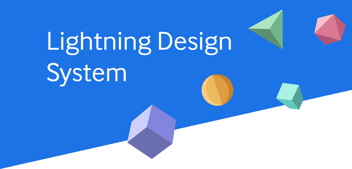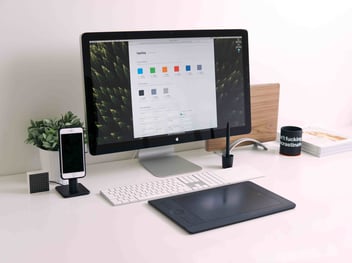What impression do you make when consumers first meet your brand? Focusing on the initial impression and then the second and third impressions allows you to create a site designed for users and increase conversion rates.
One thing you can count on with user experience (UX) design is that the industry and trends change constantly. What worked five years ago, or even last year, no longer works.
Designers often habitually use the same design patterns over and over with slight customizations for each client. However, to grab site visitors and convert them into customers, you must think outside the box and pay attention to every design element — big and small.
Focus on Mobile Design
Even though most designers understand that more people access websites via mobile devices than ever, mobile-first or mobile-responsive design still needs more attention. About 52 percent of website traffic comes via mobile devices. If your site design isn't mobile responsive, you risk delivering a poor experience to over half of your site visitors.
Many designers are turning to a mobile-first model, designing first for mobile devices and second for desktops. Your site may also rank better in mobile searches if you go with a mobile-first design.
Create an Experience
The phrase "user experience" shows where your focus should be — creating a fantastic customer experience. For brick-and-mortar stores, consider adding experiential graphics that help them feel like they're entering a new world.
Dominate your niche by making your business unique from all the others out there. Pull customers into an experience from when they spot your store until they leave.
Designers should consider the brand's story and the target audience's story. For example, why do people choose a particular scent if you run a small candle store? What is the story behind a specific candle smell?
If you just got in new candles that smell like the beach, design a display with ocean wave graphics and sand and surf. Pull the customer into the experience with sight, scent, and sound.
Focus on Public Events
Designers should consider public events and how the brand appears to the general public.
At a trade show, the booth should be designed to be visible from down the aisle, from a medium distance as people approach, and up close and personal. Elements of the design must capture attention from different levels.
Design graphics that reflect the brand image, such as a large logo and images telling a story about the product and its purpose. Make the experience fun by adding features such as a photo op booth with a specific hashtag in large font so users can snap a photo and share it on social media. Engage your visitors for a memorable user experience.
Focus on Unique Value Proposition
The UX isn't only about design but also about the message. What does your brand bring to the table that is unique from any similar company? Your unique value proposition (UVP) reflects the benefits of doing business with you over your competitors. Find your UVP and share it through stories and content on your website.
Ensure you deliver a value that is easily understood by the audience and essential to them. A UVP isn't very useful if customers don't understand the benefits or particularly care about the result.
Create Easy Sign-Up Forms
Simplify the user experience by creating easier sign-up forms. The number of form fields impacts how likely a visitor is to complete that form.
Put yourself in the shoes of the typical user. They're rushed from one activity to the next and may visit your site while waiting in a doctor's office or at their child's soccer practice. If they can quickly share a name and email and sign up for a discount or mailing list, they can quickly move on to the next task on their long to-do list.
Collect only the necessary information and gather other details later in the sales process.
Add Interactive Elements
Drive engagement on your page by adding interactive elements. Users are more likely to stay on your page and engage further when they take action. Interactive features include videos that share details about the product, clickable CTA buttons, and even live feeds of your social media pages so the user can read, click, and follow you on multiple platforms.
Run A/B Tests
You aren't the end user, and the only opinions about UX that genuinely matter are your target audience's thoughts. After you redesign any important elements of your site, run split tests to gauge the impact of those changes.
If you aren't regularly running A/B tests on your site, you're missing out on opportunities to improve your UX and add business value.
Utilize Visual Elements
Your landing page needs visual assets for better user experience and conversion rates. Adding explainer videos to your landing pages increases site traffic by as much as 300 percent and also increases the average time spent on site.
Beautiful images and exciting videos grab the user's attention and keep them on your site rather than bouncing away due to an ugly design or a page that fails to answer their questions.
Scan Your Site Every Week
As you learn more about UX design and see the successes of other developers, scan over your designs each week and find areas for potential improvement. Test each change to ensure it sits well with your customers, but don't be afraid to try new things.
You can always shift the design back to what it was before, but you might stumble on a new feature that site visitors truly love. With a little attention to minor details and constant learning, your UX will shine.







